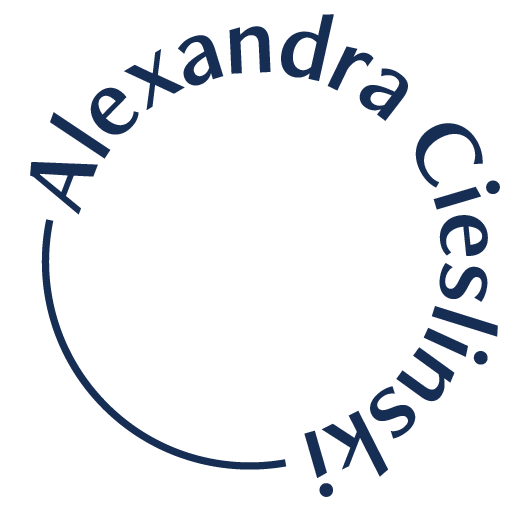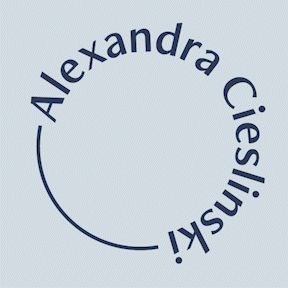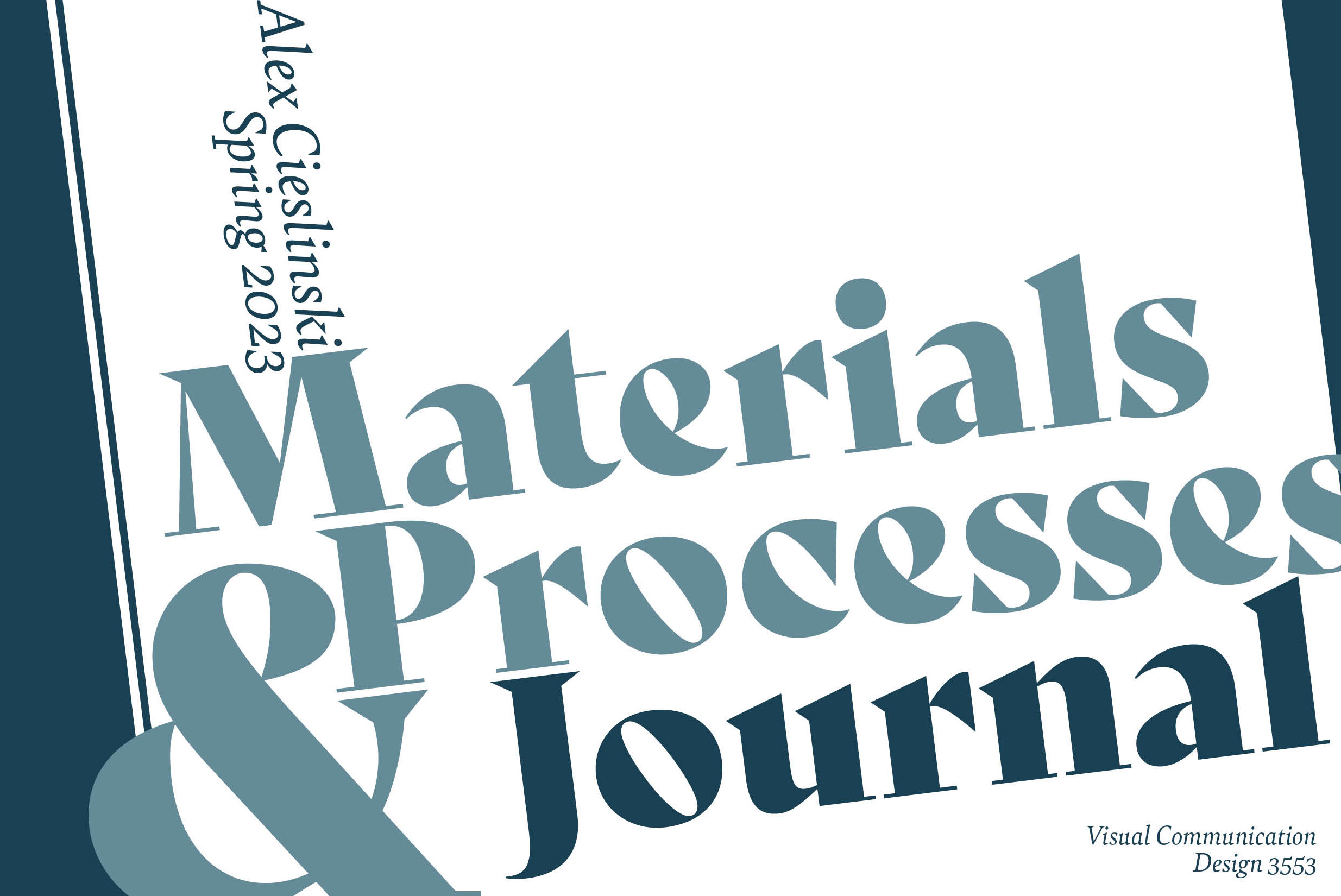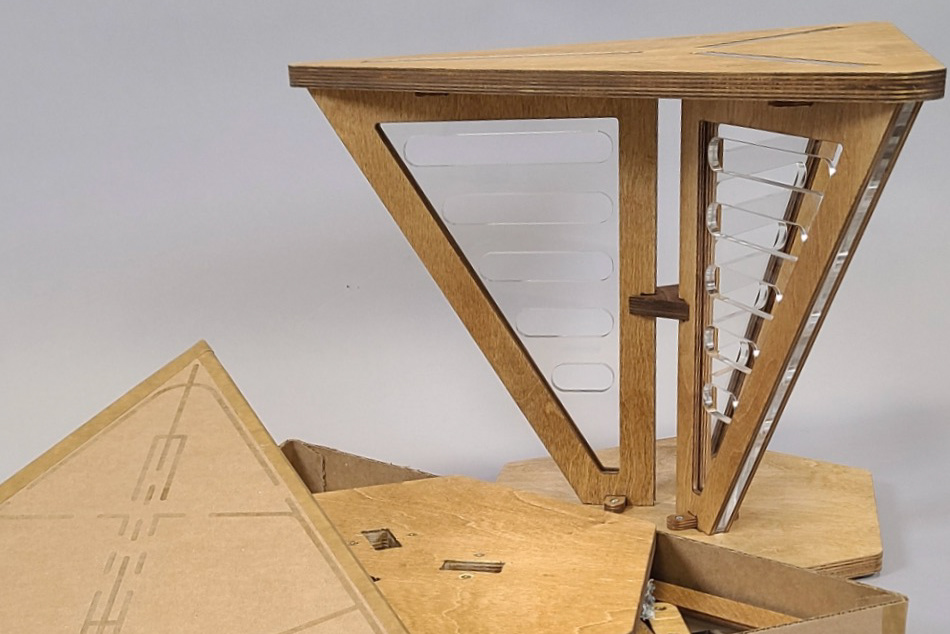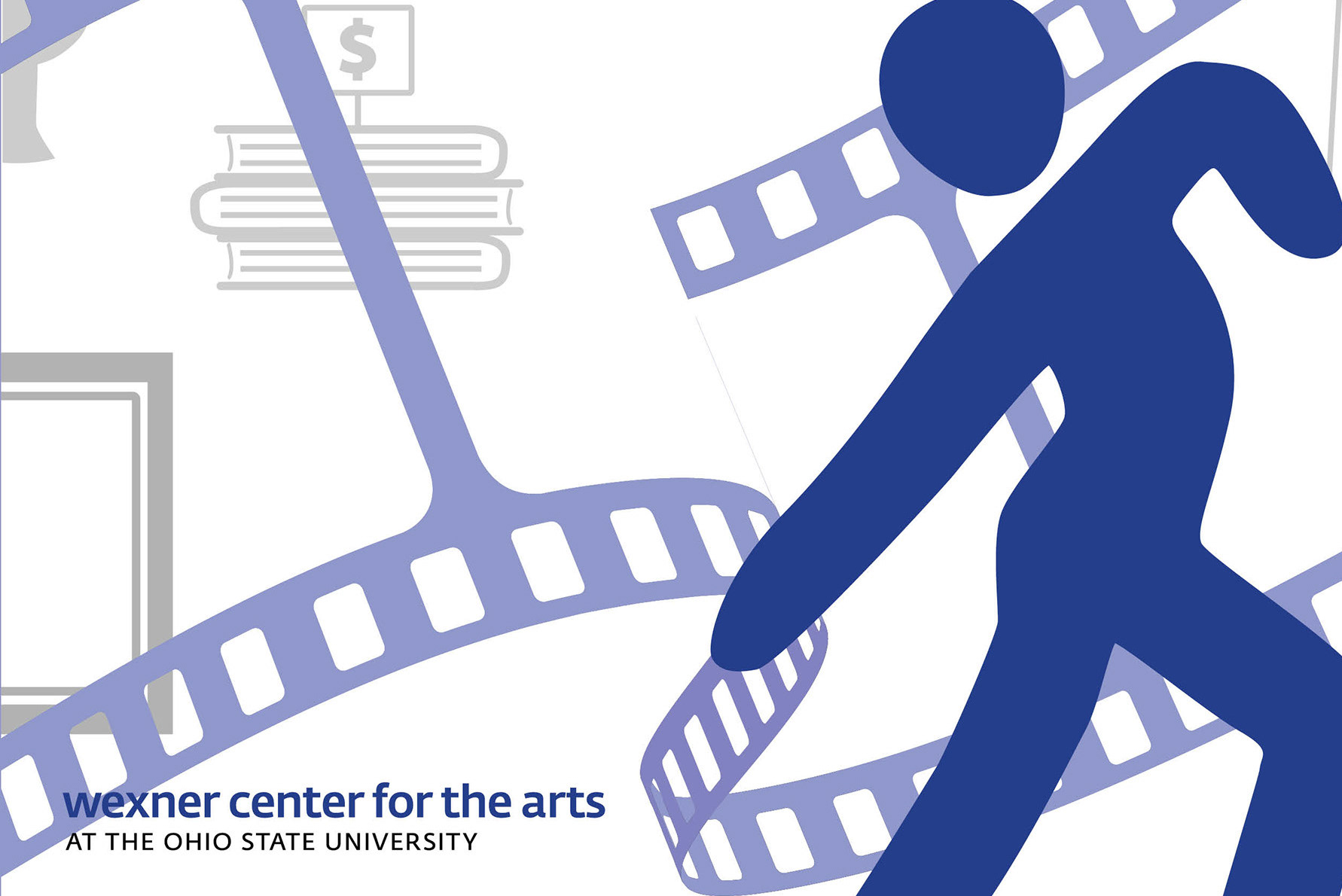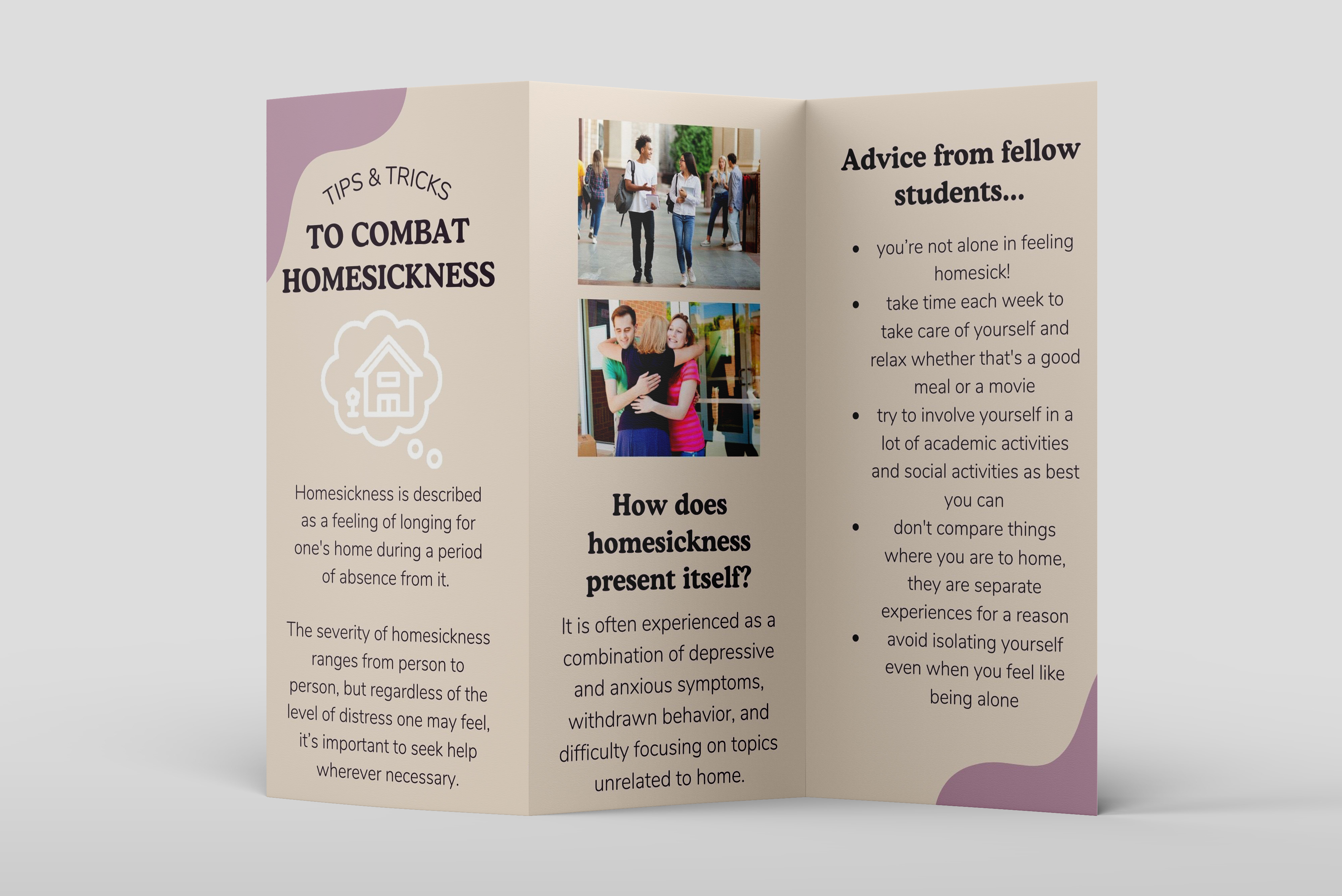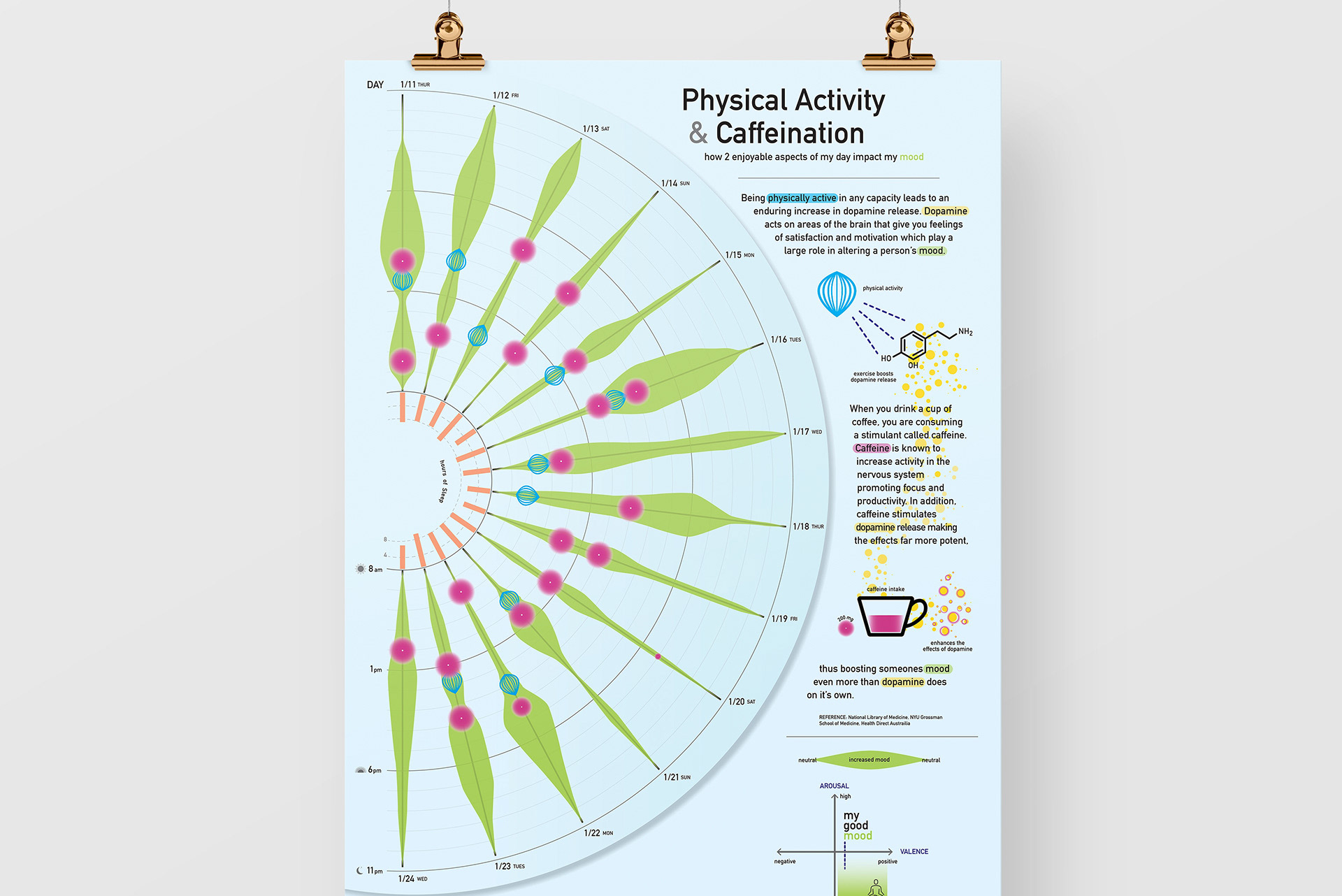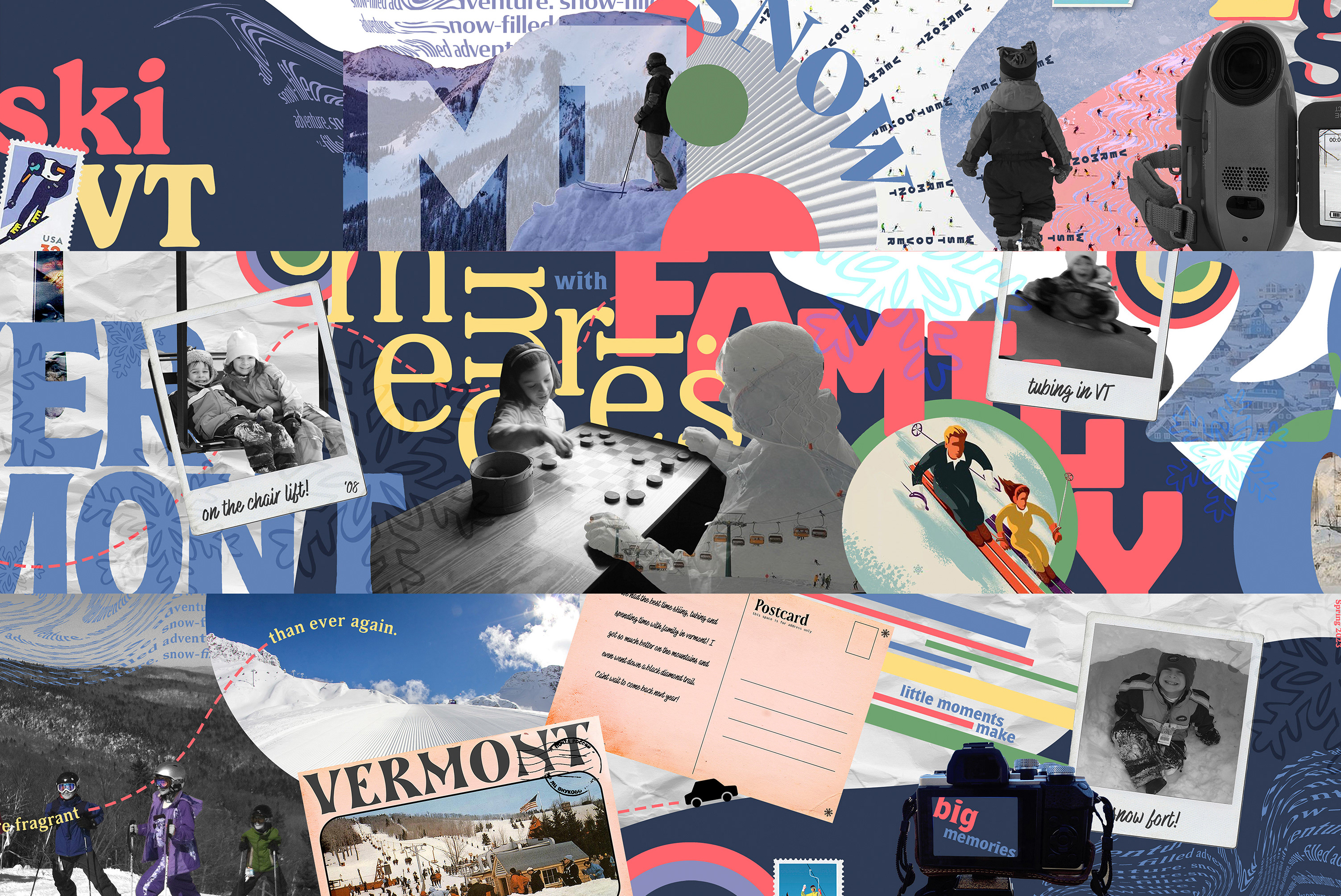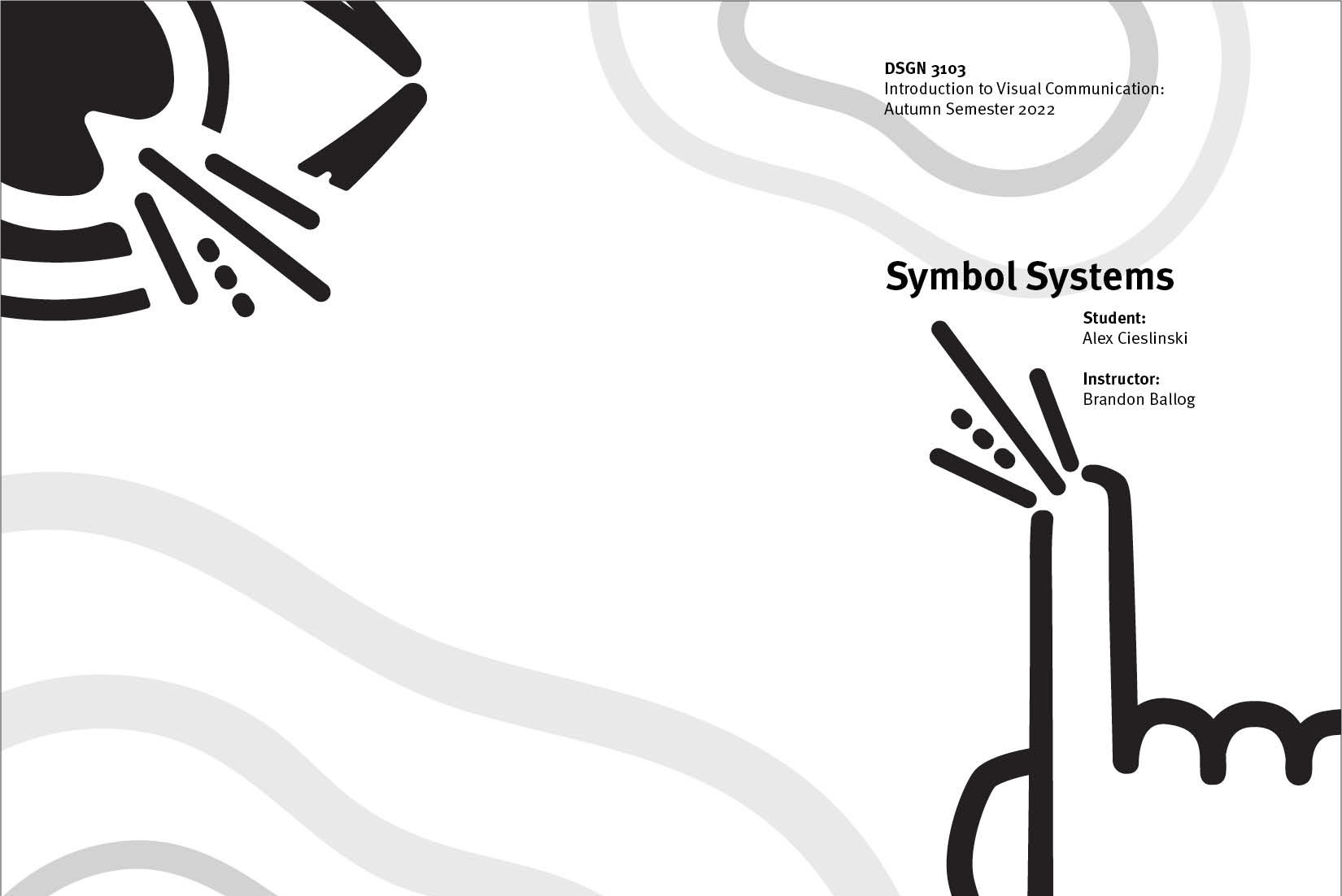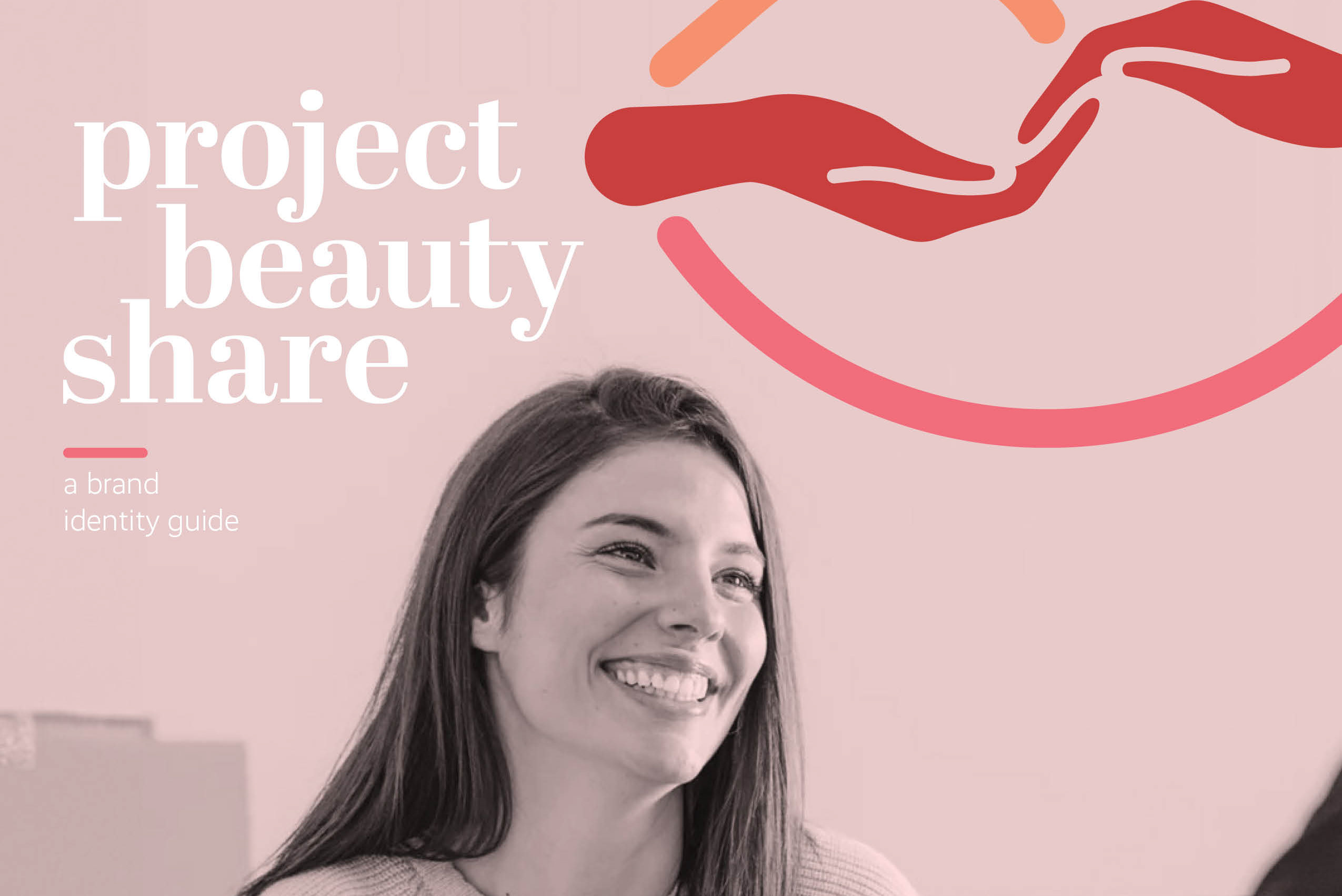In this user interface/ user experience project, I aimed to develop a mobile data dashboard that encourages users to engage in self-tracking personally and meaningfully. The objective was to build a platform that captures the factual dimensions of experiences—quantified information—but also the nuanced qualitative context, crafting a deeply personal narrative.
Statement and Objectives
I chose to develop a unique reading app specifically designed for users who aspire to integrate reading into their daily routine and establish a long-lasting habit. What sets this application apart from others is its personability, including mood tracking after each reading session and constant encouragement to accomplish daily minute goals. By combining elements of self-reflection and goal-setting, this app offers a comprehensive approach to fostering a fulfilling reading experience and nurturing a sustainable reading habit.
Target Users
My target users for this app are individuals seeking to increase the frequency of their reading and who want to see how a mindful habit such as reading can affect their mood on a daily basis. I think users who are new to reading will find the app's self-tracking methods easy and effective in encouraging them to pick up a book.
Data Sources
Quantified Information: The main source of quantified data is the minutes of reading completed daily that is being tracked and compared to the user's set goal. This serves several purposes such as accountability for the user and self-awareness about reading preferences and habits.
Qualified Information: The main source of qualified data is mood tracking post-reading. Tracking mood daily is a great way for a user to self-reflect and better understand personal behavioral patterns. For my app specifically, tracking mood after reading sessions will provide valuable feedback on how reading impacts a user's emotional state. Understanding how different genres, authors, or types of content affect mood can help personalize reading recommendations and enhance the overall reading experience.
Design Process: Iteration
This project began with an assignment to design 3 distinct interface ideas, represented as minimalist-styled wireframes, that display the different data points for a self-tracked app concept. I tested out concepts that had to do with reading in certain environments, communities, and even how fueling your body could affect your reading habits. Following this intro stage, I also began gathering design inspiration for the final wireframes from Pinterest and Dribbble.
Design Process: Wireflow
I focused on designing key screens that effectively communicate my app's concept by utilizing the “habit-forming” stages: cue, routine, and reward. I began by sketching a few concepts out by hand before attempting to sort out all of the data that I needed to convey digitally. I find it much more efficient to get ideas out this way.
User Testing & Results
Testing was highly important in the lo-fi wireframe stage of this project to learn about user behaviors and preferences as well as find design flaws that have room to improve. During this phase, I also thought about including more user control and freedom in my design such as "return home" buttons, and made sure my test users felt that there was overall consistency and minimalism while still maintaining a certain design style. Ultimately, the peers who tested out my wireframes found them to be visually pleasing as well as intuitive as they could easily follow the prompts from my test script.
User Interface Style Guide
Final Static Wireframes
Final Data Dashboard
Reflection
This project had a pretty quick turnaround from introduction to completion, which ultimately pushed me to go through my design process more quickly and efficiently than I normally would. I think it is a great practice to have a tighter deadline than our usual projects do because I know project timelines in the professional world will more likely resemble this one. I learned a lot about user interface and experience during the duration of this project and even feel I greatly improved my technical skills in Figma. My biggest takeaway would be when designing digitally formatted content like an app, things are interactive and dynamic, meaning not everything needs to be on one screen. The layers of gestures or triggers are what make digital content easy to navigate as well as aesthetically pleasing.
